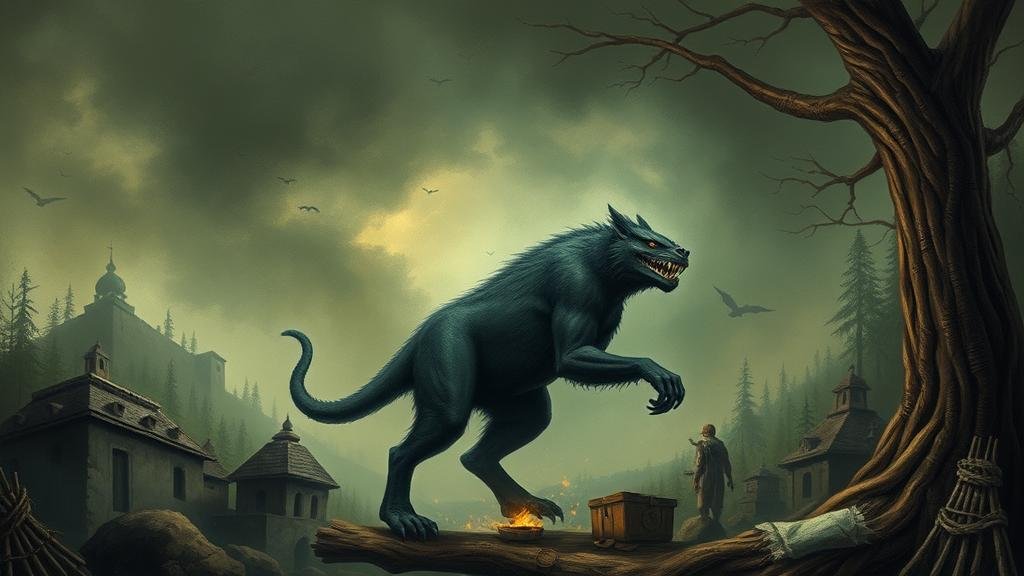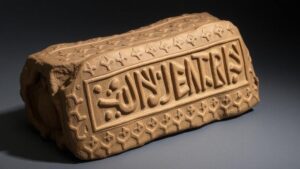Documenting cultural exchanges through cryptid legends across continents.
Documenting Cultural Exchanges Through Cryptid Legends Across Continents
Cryptids, mythical creatures whose existence is not scientifically proven, play a significant role in the folklore and cultural narratives of societies worldwide. Legends of creatures like Bigfoot in North America, the Loch Ness Monster in Scotland, and the Chupacabra in Latin America provide fascinating windows into the cultural exchanges that shape human understanding of nature, history, and the unexplained. This article explores these exchanges and the impact cryptid legends have across different continents.
Understanding Cryptids: A Global Perspective
Cryptids are often culturally specific, with their origins rooted in local folklore and belief systems. e creatures often symbolize fears, mysteries, or phenomena that communities struggle to explain. The following points underline their global reach and importance:
- The term cryptid was coined in the 1980s, though the stories date back centuries.
- About 70% of people in various cultures believe in the existence of unexplained creatures, according to a 2020 survey by the Pew Research Center.
Cultural exchanges influence the portrayal of these creatures, adapting them to fit local narratives. This adaptation enriches both local and global understandings of cryptids.
North America: Bigfoot and Native American Legends
Bigfoot, also known as Sasquatch, is perhaps the most famous cryptid in North America. This creature has been a part of Native American folklore for centuries, with various tribes recounting stories of a tall, hairy being that resides in the woods. For example, the Salishan tribes refer to it as Sasquatch. The name itself is derived from the Salish word sásqets, which highlights the deep cultural roots this legend has within indigenous communities.
As settlers arrived in North America, they adapted these stories, merging them with their own mythologies. This blending illustrates a cultural exchange where indigenous legends influenced European settlers, creating a uniquely North American mythos surrounding cryptids.
Europe: The Loch Ness Monster and the Evolution of Myth
The Loch Ness Monster, first popularized in the 1930s, is a prominent example of how cultural exchanges can create new legends. Initially mentioned in Gaelic folklore, where the water beast was known as Niseag, the legend took on a modern form in the early 20th century when a photograph purported to show the creature sparked global interest.
As a result, the Loch Ness Monster became a staple of Scottish tourism, illustrating how local folklore can evolve through cultural interaction. The phenomenon has also led to scientific explorations in Loch Ness, resulting in numerous sonar studies that aim to validate or debunk the legend.
Latin America: The Chupacabra and Fear of the Unknown
The Chupacabra, a creature said to drain the blood of livestock, originated in Puerto Rico in the mid-1990s. Initially reported in rural areas, stories spread quickly across Latin America and further into the United States, embodying fears regarding agricultural loss and the unknown.
The Chupacabra legend highlights how societal fears can shape cryptid narratives. As rural communities face challenges like economic instability or environmental changes, these legends may surface, reflecting local anxieties. The spread of Chupacabra tales also facilitates cultural exchanges, as Latin American folklore permeates the fabric of North American urban legends.
Documenting Culture Through Cryptids
Cryptids serve not only as entertainment but as symbols for deeper cultural and psychological truths. Documenting these legends can help historians and anthropologists understand how cultures interact, adapt, and evolve. Here are some methods of documentation:
- Field Studies: Engaging with local communities to collect oral histories and personal encounters.
- Media Analysis: Examining films, books, and documentaries that portray cryptid legends can shed light on public perceptions.
- Comparative Folklore: Analyzing similarities and differences in cryptid stories across cultures to identify threads of connections.
Real-World Applications of Cryptid Legends
Understanding cryptid legends can have significant real-world implications, from tourism development to community identity. Notable cases include:
- The annual Sasquatch festival in Washington State, which attracts thousands and promotes local businesses.
- The Loch Ness 360 project, utilizing technology to enhance tourism around Loch Ness.
These applications showcase how cultural exchanges through cryptid legends can forge bonds within and across communities, fostering a shared appreciation for folklore and local history.
Conclusion: The Lasting Impact of Cryptid Legends
Documenting cultural exchanges through cryptid legends reveals much about humanity’s relationship with nature, fear, and myth. As we study these legends, we not only explore different cultures but also gain insights into how stories shape identity and community cohesion. Engaging with these narratives can inspire us to embrace cultural diversity, fostering mutual understanding amid our globalized world.
As cryptids continue to capture imaginations, their stories remind us that while some mysteries may remain unsolved, the connections we build through these narratives are profound and enduring.



